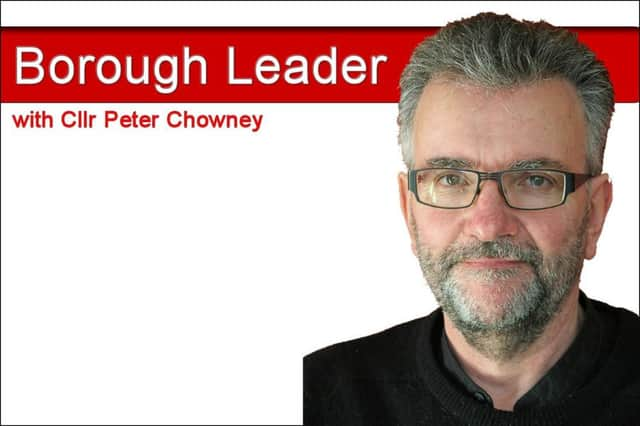The thinking behind Hastings council buying property to let out


The way it works is simple. Councils can borrow money at low interest rates from the Public Works Loans Board. They buy freehold properties, usually large ones such as shopping centres, office blocks, or factory estates. These properties are let to occupiers through a full repairing lease. After taking into account the amount the council has to pay back on the loan each year (the PWLB loans are fixed rate, usually over a 40-year period), that leaves a net income of around 2% of the amount borrowed.
Hastings Council embarked on a programme of commercial property purchases for income generation and local economic development a couple of years ago. We adopted a strategy for doing this, involving an objective ‘risk scoring’ process, getting an external expert assessment done on the value for money of each purchase, and determining an annual borrowing target for property purchases.
Advertisement
Hide AdAdvertisement
Hide AdSince it adopted this pro-active approach to commercial property purchase, properties bought by the council include the Sedelscombe Road Retail Park and the Bexhill Road Retail Park. These purchases have raised an additional net income of £774,000 a year to pay for local services so far, with more to come. Without that income, services would have been cut even further, with a loss of 20-30 jobs. So far, we’ve only bought properties in Hastings, but we may need to look outside the borough in the future.
We are also looking at a programme of residential property purchases through our housing company. However, government rule changes on borrowing for residential property purchases make it harder to get the sums to add up, meaning that loan repayments and other costs can’t necessarily be covered by the rent on the property, so it’s much more difficult for a residential property acquisition scheme to generate income. The exception to this is buying properties that we can use instead of expensive bed and breakfast accommodation for homeless households, which we are doing. We will, however, be using our housing company to develop council-owned sites for housing and generating income from that.
But councils in general, and Hastings Council in particular, are not newcomers to the commercial property business. Hastings Council owns over £100m in commercial properties, purchased over many years. This has resulted in the council owning a wide range of property assets, from much of Castleham, Ponswood and Churchfields industrial estates, to the Carlisle pub and the Esso petrol station by Sainsbury’s. Those properties, where the loans are already paid off, bring in around £3.5m to fund council services. Recent purchases add to that property portfolio and top up the income we need to provide local services - the council has many decades of experience at buying (and selling) commercial property.
So we will continue to look for new commercial properties to buy. Without its commercial property income, the council could not function. And as government grants are cut to nothing over the next couple of years, we’re going to need more of them to make the books balance.